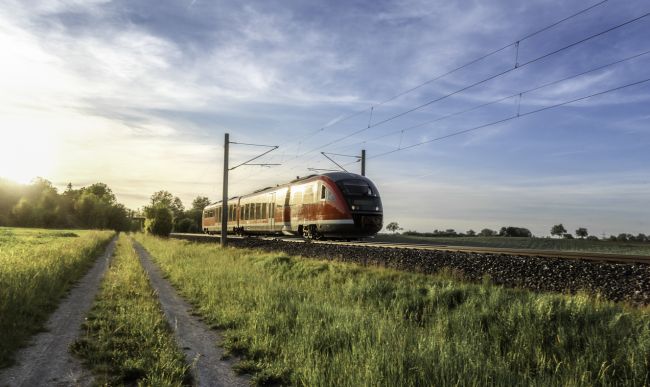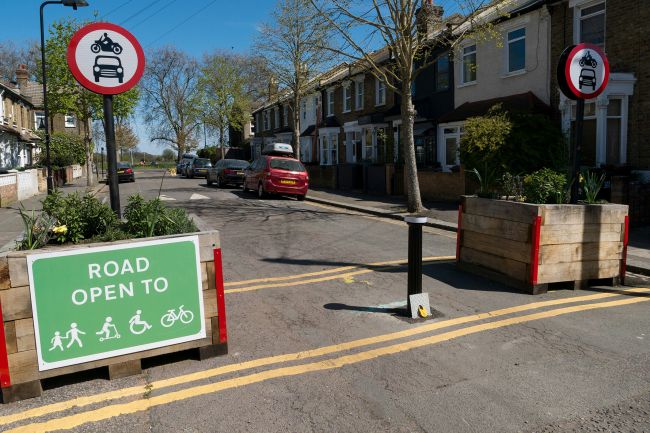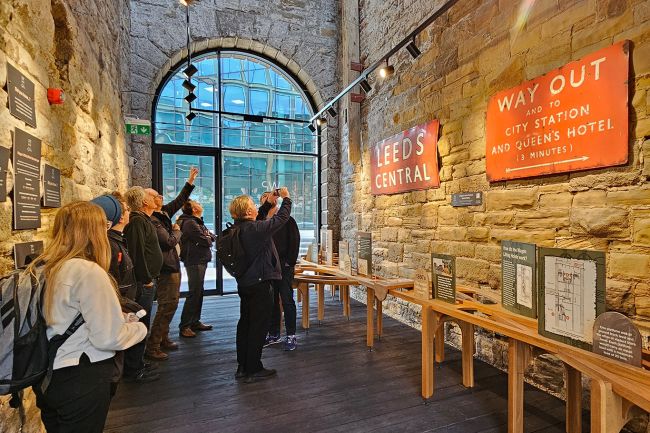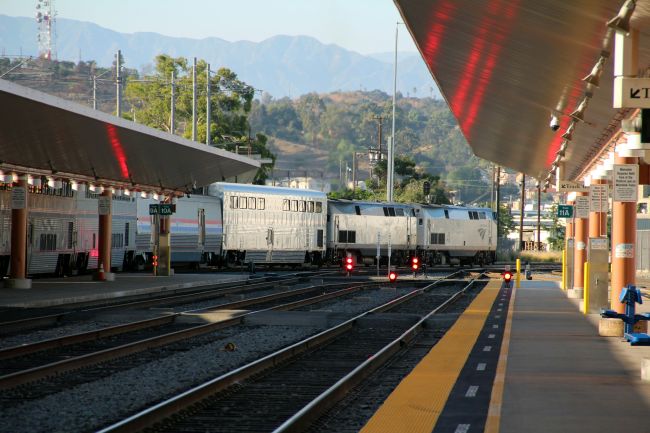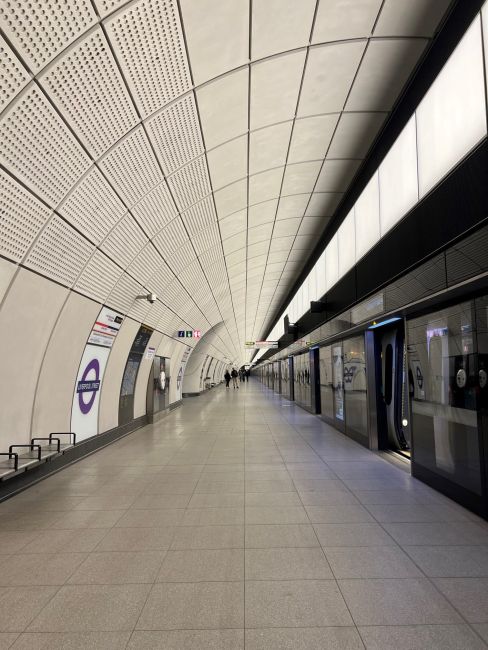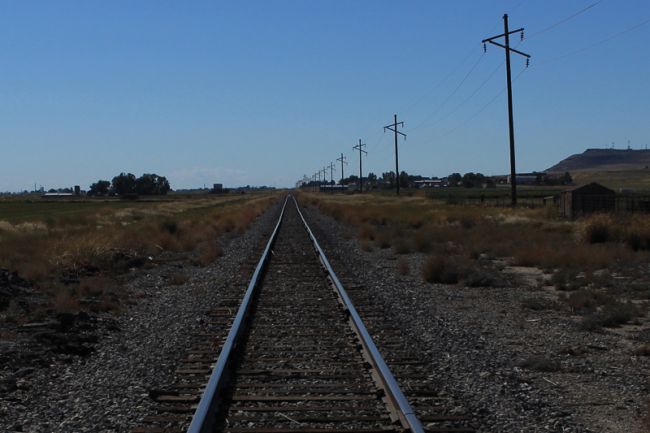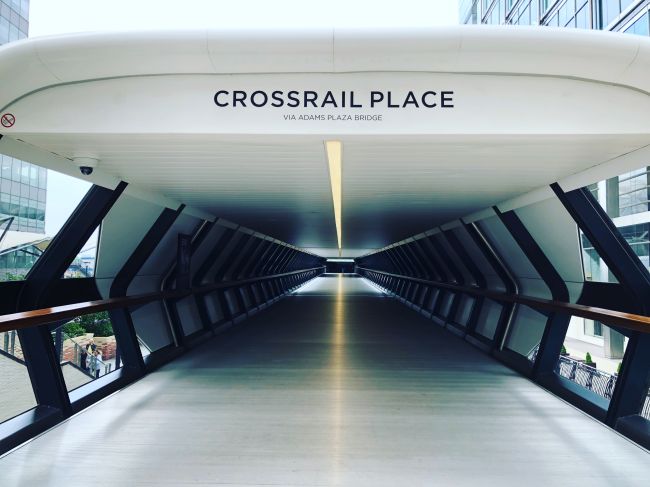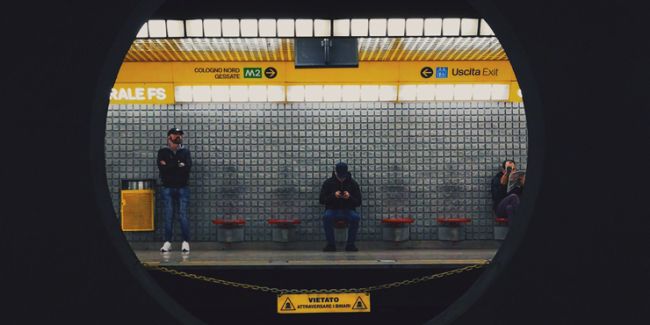Customer, investment, delivery: Using a business mindset in a new age of passenger rail
The FRA CID Program is poised to revolutionize US passenger rail, offering a once-in-a-generation mobility transformation.
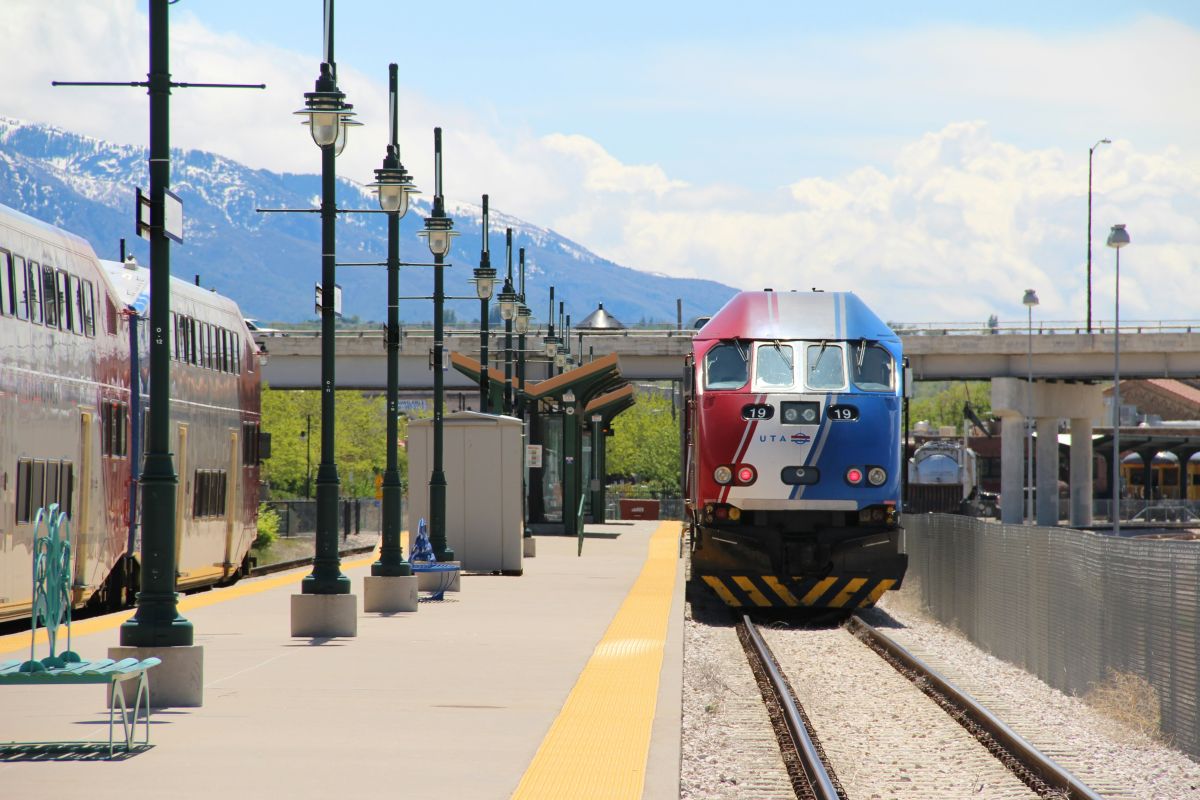
The Federal Railroad Administration Corridor Identification & Development (FRA CID) Program is set to transform passenger rail across the US, offering a once-in-a-generation opportunity to bring about radical change in mobility choices for everyday Americans.
Previously, we wrote about the benefits of adopting a business mindset that is agile, creative, and product-orientated in order to make the most of this opportunity.

A business without defined priorities is at risk of failing to serve both its funders and the consumers who are the revenue generators. The once-in-a-generation potential afforded by the FRA CID Program to create new infrastructure and connections is enormous, and the reality of designing and delivering on this potential will challenge the greatest of American minds. However, without customers, assets created during the capital phase are doomed to prove poor investments and worse businesses.
Compounding the broad possibilities of new infrastructure are the associated policy objectives of new rail developments. Hopeful contenders for funding must meet expectations to improve equity, improve economic connectivity and lower carbon emissions while maintaining a viable and sustainable service.
Rail needs to marry policy objectives with an astute business mindset in order to both financially sustain itself and provide a public good. This is no means feat but maintaining a focus on key priorities will help bring success to the rail renaissance sweeping the US.

We think there are three focus areas for passenger rail to be successful – customer, investors and delivery.

Focus on the customer
Who is the passenger? This question forms the basis of the need to focus on the customer, and the answer comes in two parts, the markets (defined by where people live and work) and the customer segments (typified, for example, by their socio-demographic characteristics, their behaviors, preferences and attitudes).
A business study tests, evaluates and refines its offer to customers with difficult trade-offs, meaning one market or segment is served over another. Serving a passenger segment may mean making decisions about the capital assets and how they’re used, and at the same time, conscious decisions must be made about the customer offer, such as frequency, stopping patterns and on-board service choices.
How will the customer base change as a new service matures or services are expanded or enhanced? What products can be offered, discontinued or built upon? What commercial opportunities could a new fleet offer and how will customers value those opportunities? Does the asset created in the present allow the service to meet those future customer expectations?
Maintaining a focus on the customer can help answer all these questions and boost all-important ticket sales for decades to come.
Focus on investors
Why invest in building a new asset or enhancing an existing service? A focus on investors will give insight into their goals and desired outcomes and help to inform how these can be aligned with future operations as the business evolves and adapts.
For passenger rail services, this challenge is arguably more complex and challenging to navigate than in a ‘typical’ business. Political change may influence policy priorities, and funding obligations may be inconsistent with local objectives. Rail services can be proposed to deliver a wide variety of outcomes ranging from helping to save the planet to decongesting roads and flight paths.
A successful business listens intently to its investors (many with subtly different objectives of their own) and understands how their needs and constraints change over time, always demonstrating the evidence of its performance against their priorities.
Focus on delivery
It’s a certainty that, in business, challenges arise and risks materialize. It isn’t easy to achieve consistent and successful delivery, but it is imperative if the confidence of investors and consumers is not to be lost.
A focus on delivery is essential to show both why a business can be trusted to deliver a service and operate it and to convince investors why the business will deliver on brand expectations.
From our experience, consistent operational delivery comes from a coherent delivery approach. Discipline in the service plan, assessing capital, use of insights and data and risk identification and mitigation are all essential considerations to deliver successfully. Ultimately the question will be, is the organization equipped to deliver the service and customer experience that will result in planned ridership?
In our final article of this series, we will highlight how, in our opinion, business mindset is embedded within the FRA’s Corridor Identification program. Applying the three perspectives discussed in this article seeks to sharpen Service Development Plans (SDPs), make investment pitches to funders, garner political action/support and, above all, convince the people to ride it, ride it and ride it again!

